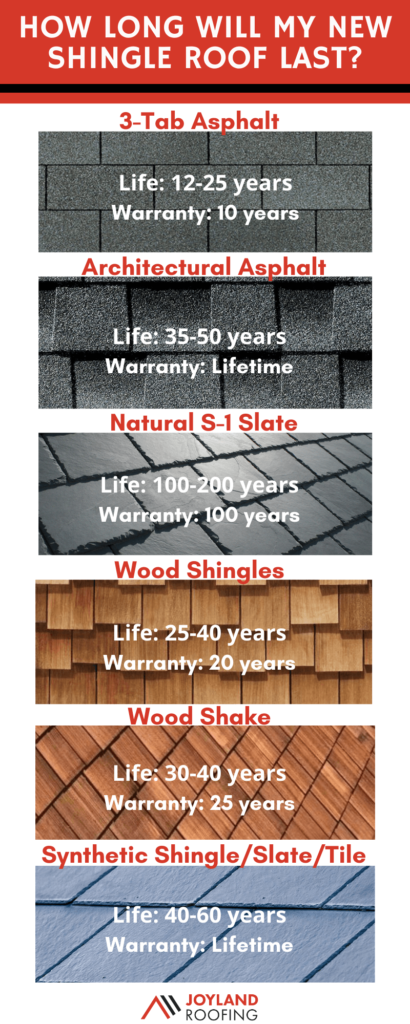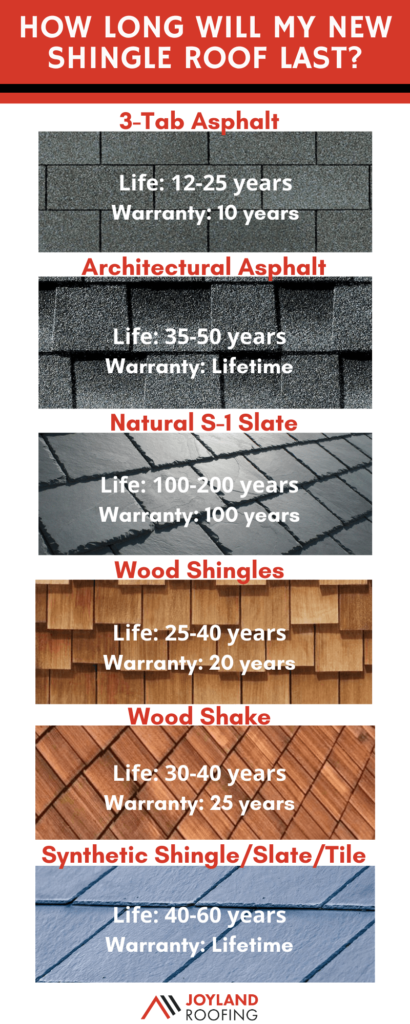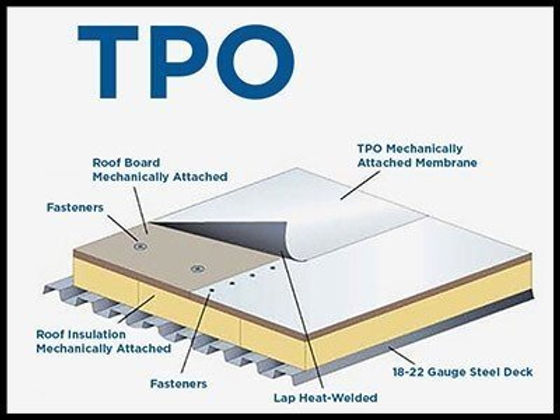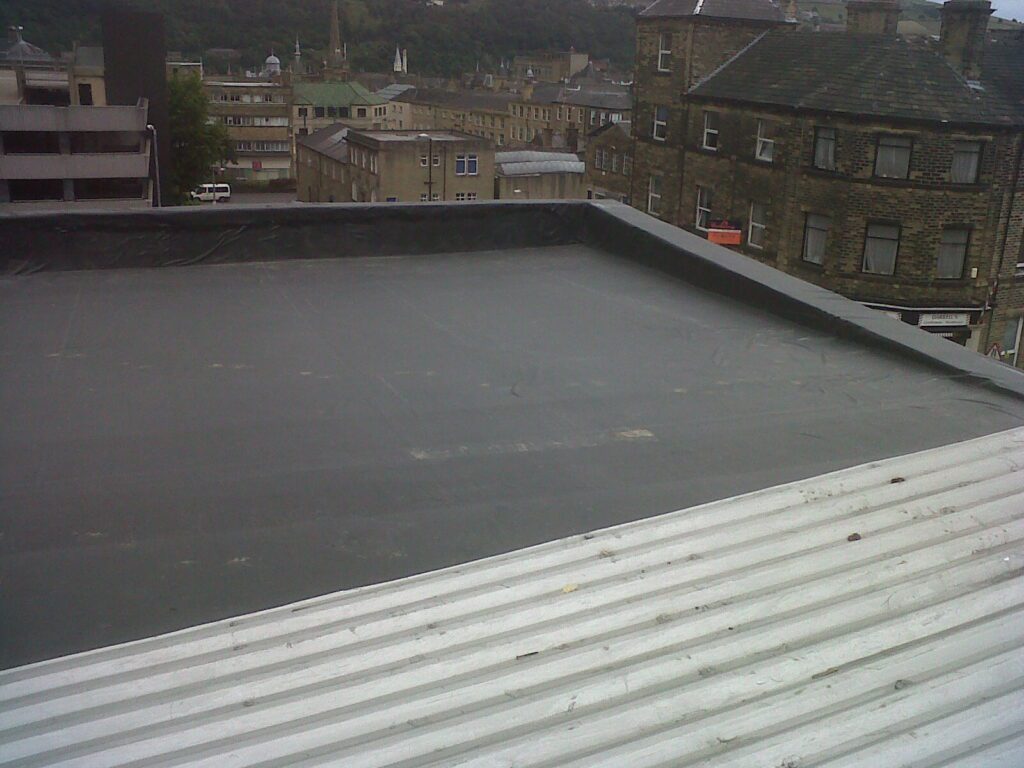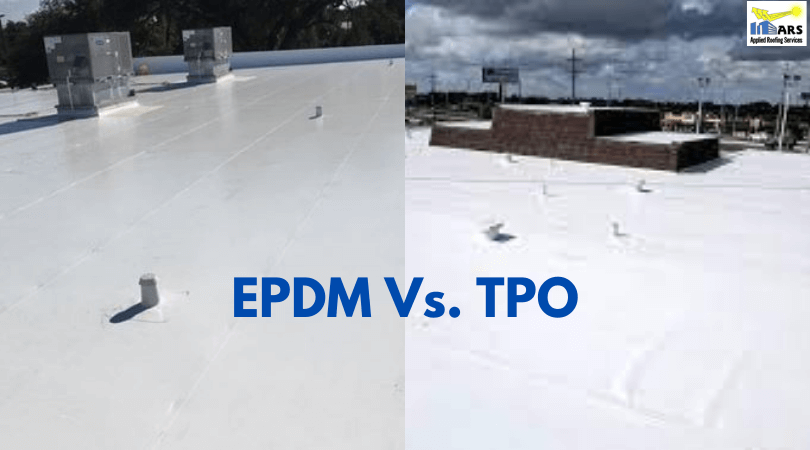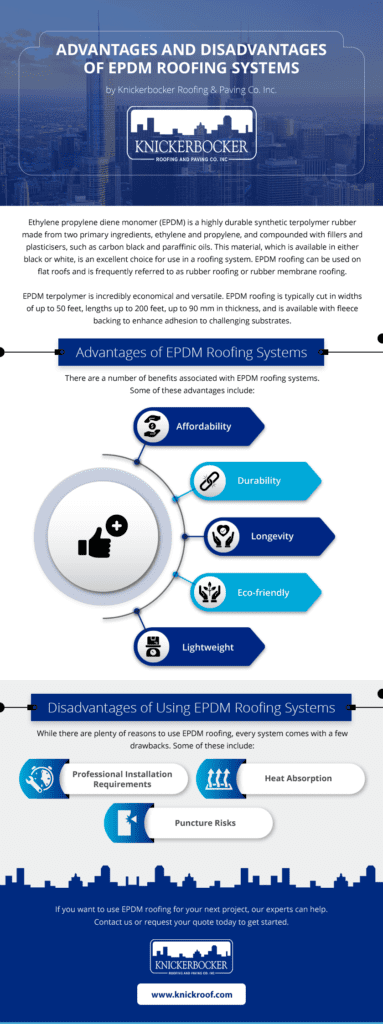Do you ever wonder which type of roof can withstand the test of time and provide you with a century of protection? Well, look no further, because in this article we will be exploring the types of roofs that have the potential to last for a remarkable 100 years. From durable materials to expert craftsmanship, we will uncover the secrets behind these long-lasting roofs and the benefits they offer. So, if you are in the market for a roof that will withstand the elements for generations to come, keep reading to find out what your options are.
Different Types of Roofing Materials
When it comes to roofing, there are various options available, each with its own unique features and benefits. Choosing the right roofing material is crucial, as it can significantly impact the longevity and durability of your roof. In this article, we will explore different types of roofing materials, their advantages, factors influencing longevity, and examples of roofs that can last up to 100 years.
Metal Roofing
Metal roofing has gained popularity over the years due to its durability and versatility. It can be made from various metals, including aluminum, steel, and copper. One of the key advantages of metal roofing is its longevity. Metal roofs can easily last up to 50 years or more with proper maintenance. They are resistant to fire, pests, and rot, making them a reliable choice for homeowners. Metal roofing is also energy efficient, reflecting solar heat and reducing cooling costs.
Slate Roofing
Slate roofing is known for its timeless elegance and longevity. Made from natural slate stone, this roofing material can withstand extreme weather conditions and has a life expectancy of 75-100 years or more. Slate roofs are highly durable, fire-resistant, and offer excellent insulation. They also require minimal maintenance, making them a popular choice for homeowners looking for an aesthetically pleasing and long-lasting option.
Clay Tile Roofing
Clay tile roofing has been used for centuries and is known for its classic and traditional look. Clay tiles are made from natural clay and are extremely durable. With proper installation and maintenance, clay tile roofs can last for over 100 years. They are resistant to fire, insects, and decay, making them suitable for regions with hot and dry climates. Clay tiles also offer excellent insulation properties, reducing energy costs and enhancing the overall comfort of your home.
Copper Roofing
Copper roofing is a premium roofing material that not only provides exceptional durability but also adds a distinctive beauty to any structure. Copper roofs are highly resistant to corrosion, making them suitable for coastal areas where high moisture levels are prevalent. With proper installation and maintenance, copper roofs can last for over a century. Over time, copper develops an attractive patina, enhancing its visual appeal.
Cedar Shake Roofing
Cedar shake roofing, also known as wood shake roofing, is renowned for its natural beauty and rustic charm. Made from cedar wood, this type of roofing material can last for 30-40 years or more with proper care. Cedar shakes offer excellent insulation properties, reducing energy consumption and enhancing the comfort of your home. They also provide good ventilation, preventing moisture buildup and the growth of mold or algae.
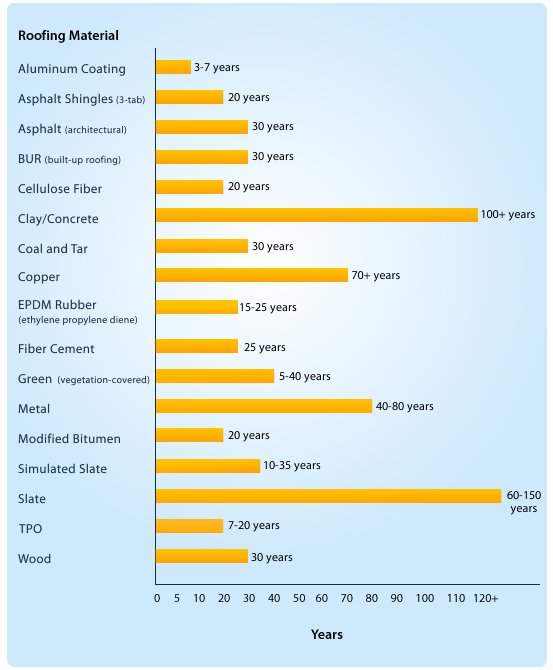

Advantages of Long-Lasting Roofs
Investing in a long-lasting roof can bring numerous benefits, both in the short and long term. Let’s explore some of the advantages of choosing a roofing material that can withstand the test of time.
Durable and Resilient
Long-lasting roofs are built to withstand harsh weather conditions, such as strong winds, heavy rains, and extreme temperatures. They are designed to resist damage from hail, debris, and other external factors. The durability and resilience of these roofs provide peace of mind to homeowners, knowing that their investment will withstand the test of time and protect their property.
Cost-Effective in the Long Run
While the upfront cost of installing a long-lasting roof may be higher than other options, it proves to be cost-effective in the long run. These roofs require minimal repairs and replacements, resulting in significant savings on maintenance and replacement costs. Additionally, many long-lasting roofs offer energy efficiency benefits, reducing heating and cooling expenses over time.
Energy Efficient
Several long-lasting roofing materials, such as metal, slate, and clay tiles, are known for their energy-efficient properties. They have high solar reflectance, meaning they reflect a significant amount of solar heat rather than absorbing it. This reduces the cooling load on your home and lowers energy consumption, leading to cost savings on monthly utility bills.
Aesthetically Pleasing
Long-lasting roofs are not only functional but also add aesthetic value to your home. Whether you prefer the sleek and modern look of a metal roof or the classic elegance of slate or clay tiles, these materials can enhance the overall appearance and curb appeal of your property. Investing in a visually appealing roof can also increase the value of your home, making it an attractive option for potential buyers in the future.
Increases Property Value
A long-lasting roof is a valuable asset when it comes to the resale value of your property. Potential buyers recognize the benefits of having a durable and long-lasting roof, as it eliminates the need for immediate replacements or repairs. The longevity of the roof becomes an attractive selling point, allowing you to ask for a higher price or attract more potential buyers.
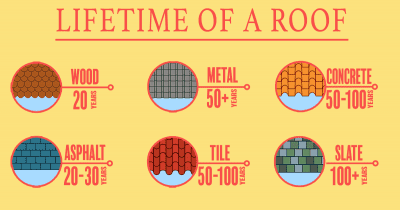

Factors Influencing Longevity
While choosing a long-lasting roofing material is essential, several other factors play a significant role in determining the lifespan of your roof. Understanding these factors can help you make informed decisions and ensure the longevity of your roof.
Quality of Materials
The quality of the roofing materials used is a crucial factor in determining the lifespan of your roof. Investing in high-quality materials from reputable manufacturers will ensure that your roof can withstand environmental challenges and remain durable over time. Cheaper or lower-quality materials may save you money upfront, but they are more likely to deteriorate quickly and require frequent repairs or replacements.
Installation Quality
Even the best-quality roofing materials can fail prematurely if not installed properly. Hiring experienced and professional roofing contractors to install your roof is vital to ensure that it is done correctly. Improper installation can lead to issues such as leaks, poor ventilation, and premature aging of the roof, reducing its lifespan significantly.
Climate and Environmental Conditions
The climate and environmental conditions in your region can have a significant impact on the longevity of your roof. For example, areas with high humidity, frequent storms, or extreme temperature fluctuations can accelerate the wear and tear on your roof. Understanding the specific challenges of your climate will help you choose a roofing material that is best suited to withstand those conditions.
Routine Maintenance and Care
Regular maintenance and care are essential to prolonging the lifespan of any roof. Inspecting your roof for damage, cleaning gutters and drains, removing debris, and addressing any issues promptly can prevent minor problems from turning into major ones. Following manufacturer’s recommendations and scheduling regular inspections by professionals are crucial to ensure that your roof remains in optimal condition.
Proper Ventilation
Proper ventilation is essential for the longevity and performance of your roof. It allows air to circulate, preventing the buildup of heat and moisture that can cause damage. Inadequate ventilation can lead to issues such as mold growth, premature aging of roofing materials, and increased energy costs. Ensuring proper ventilation during installation and regular checks thereafter will contribute to a longer-lasting roof.
Continued in the next part…
